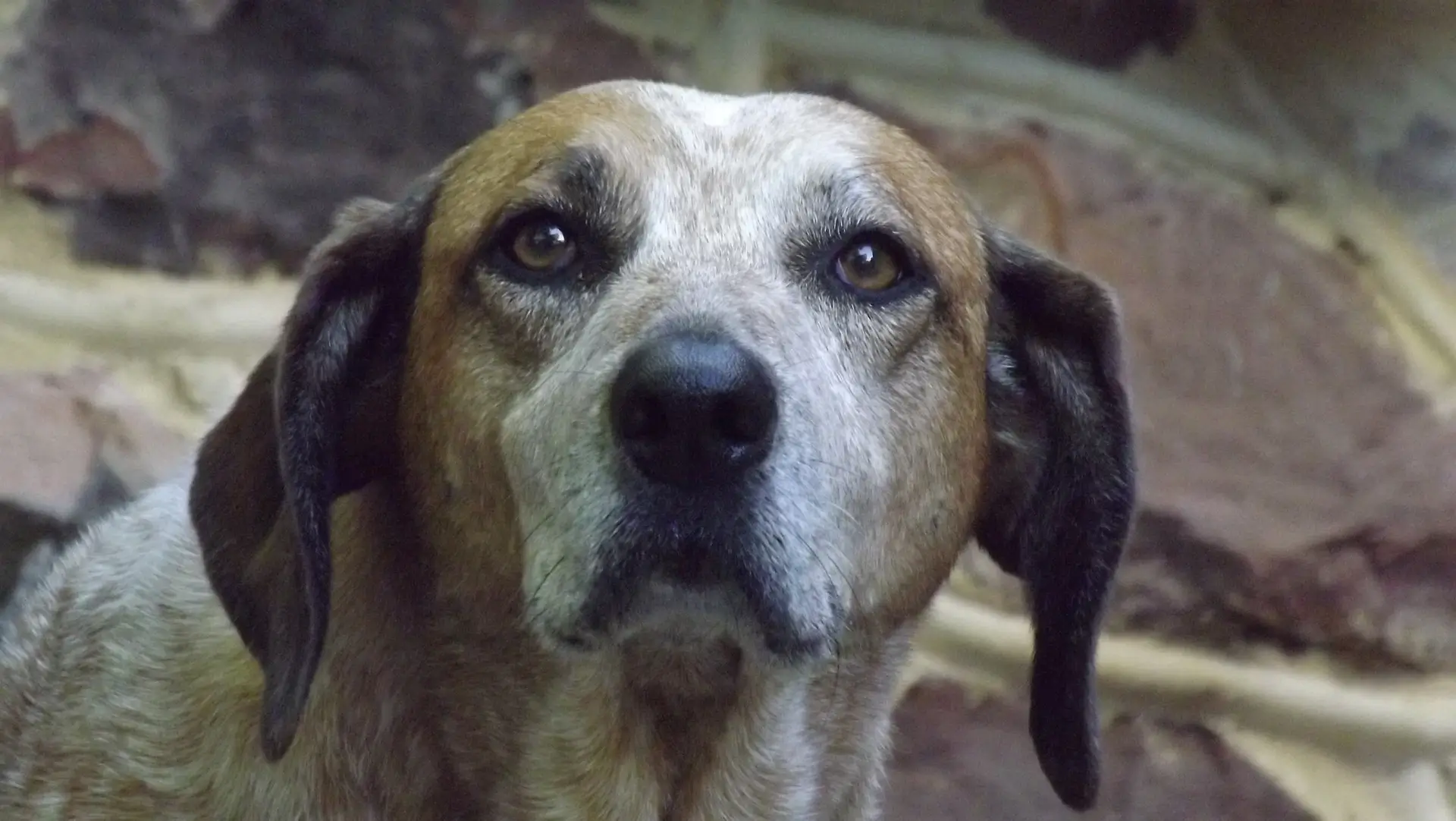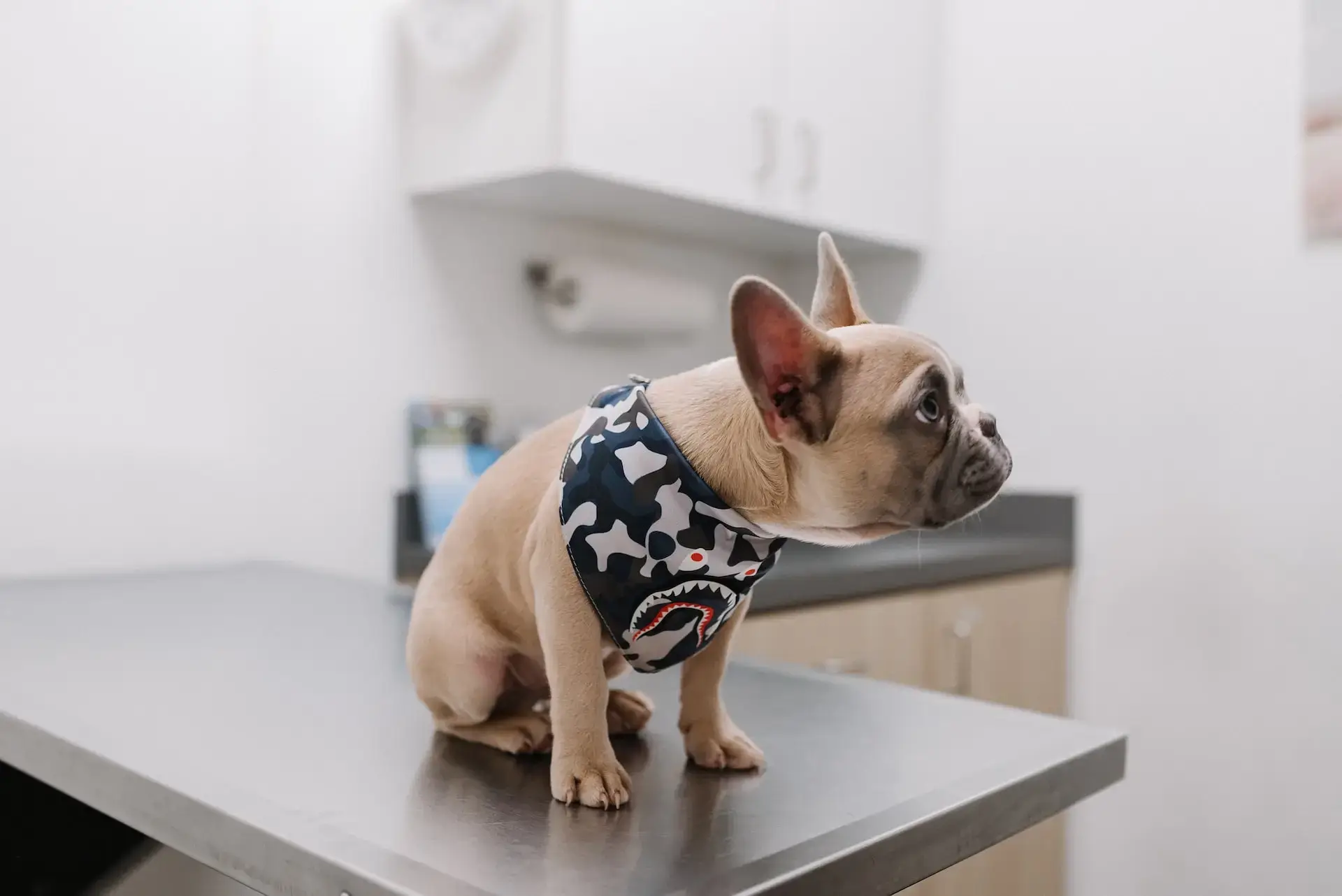Disaster Preparedness Tips for Pet Owners
Here in Canada, the first week of May is dedicated to disaster preparedness. While this awareness event is geared toward people, it is also extremely relevant to dogs. While we hope you never have to cope with a severe tragedy, this is one area where taking a few easy preparations might make a big impact. Pet owners should also take precautions to prepare their beloved friends for emergencies. Continue reading to learn how a local Brantford, ON veterinarian can help pet owners prepare for emergencies.
How Do You Prepare Your Pets for Natural Disasters?
Blizzards, fires, and floods are more likely to occur in Canada than tornadoes and earthquakes, so we at least usually get some warning. However, disasters might happen at any time, and often strike with little to no notice. There are a few actions you may take to ensure that you are fully prepared.
Keep Up With Your Pet’s Preventative Care
To be fair, we always recommend maintaining wellness and preventative care: it is critical for your pet’s health and safety. This can also come in handy during an emergency. One reason is that amid calamities, there are often numerous lost or escaped animals. This includes both pets and wild animals. Some of them could be carrying illnesses or parasites. It is absolutely feasible that a rabid animal could run into a suburban area while fleeing a wildfire, or that a stray dog with heartworms will end up downtown.
Another reason is that many shelters and motels need confirmation that your pet’s vaccinations are current.
Contact your Brantford, ON veterinarian for further information.
Make a Pet Emergency Bag
If you ever need to leave fast, having some basic supplies on hand ahead of time can make all the difference. We always urge pet owners to prepare luggage for their furry, scaled, or feathered animals. This can also serve as a travel bag for individuals who enjoy taking their animal companions on travels.
Here are some of the items to include:
- A leash
- Blankets
- Comfort toys
- Collapsible dishes
- Bottled water
- Food
- Treats
- Harness
- Tie line
- Calming Products (Vet-approved)
- Wipes
- Towels
- Any medications your pet takes
- Pet First Aid Kit
Those are the essentials. Exact goods will differ depending on the type of pet you own. Fluffy, for example, requires a litterbox and litter, whereas Fido requires waste bags and a tie-out line.
It is also best to provide a muzzle for dogs. You and your pet may dislike it, but if an animal shelter mandates it, it is a minor concession to make. If your pooch has thin fur and wears a coat in the winter, include one for him as well. A warm blanket is also a good addition. Ask your veterinarian for detailed guidance.
Make Sure Your Pet Has Current Identification
Microchips and identification tags are both small objects that can have a significant impact on your pet’s life. Disasters can be incredibly chaotic and terrifying. Even the most affectionate pet is nevertheless susceptible to the old fight-or-flight drive, and may flee if scared. It is critical to ensure that your pet is microchipped and wearing ID tags! These things serve as invisible lifelines, linking you to your animal partner.
While microchips are typically a one-time procedure, it is critical to ensure that your information is accurate. Remember to update this every time you move or change your email or phone number. You can check your records at the AAHA Universal Pet Microchip Lookup website.
Smart tags and GPS tags are additional options worth considering. These are excellent new inventions!
Keep Paperwork Ready
It is also critical to have documentation proving that your pet is up to date on any necessary vaccines and parasite treatments. This is not something you want to waste time hunting for in an emergency, so get it ready ahead of time.
We’ve got several tricks for this one:
- Take photos of them and store them in your phone’s gallery.
- Send scanned copies to yourself via email.
- Save copies to a cloud drive.
- Keep a printed copy in your glovebox. That way, you will already have them. (This is also useful if you’re taking Fido to the park or going camping with him.)
You’ll also want copies of your pet’s medical records and any prescriptions they may require.
Compile A List Of Shelters
Having a plan in place before a calamity can make a significant impact. One of the most useful things you can do is to print out a list of all the pet-friendly hotels and emergency shelters within a few hours’ travel. It’s a good idea to keep this with a map in case cell service goes down and you can’t use GPS.
Get A Pet First-Aid Kit
Pets, like people, are vulnerable to injuries from fires, floods, and other catastrophes. It is a good idea to have a pet first-aid kit prepared. Put this in or near your pet’s carrier so everything is in one location.
You may find first aid kits for a variety of pets online. Or, you can begin with a kit designed for humans and then add pet-specific stuff to it. You’ll probably need a bigger case. A tackle box, overnight toiletry bag, or small backpack may suffice.
Here are a few things to include:
- Nail Clippers
- Tweezers
- Non-stick bandages
- Gauze
- Paper Towels
- Cotton Swabs
- Blunt-ended scissors
- Popsicle Sticks
- Pliers
- Disposable gloves
- Penlight
- Magnifying Glass
- Wire Cutters
- Corn Starch or Styptic Powder
- First-Aid Tape Syringes
- Eye droppers
- Hydrogen Peroxide
- Milk Of Magnesia
- Charcoal
- Turkey Baster
- Saline Solution (Eyewash)
- Chlorhexidine
- Antiseptic/alcohol wipes
- Iodine
Of all, the best first-aid gear won’t help if you don’t know what to do. Purchase or print a decent pet first-aid leaflet and store it in the kit. It’s also helpful to download a pet first aid app. The Red Cross has a good one. However, we still recommend carrying a paper copy, as cell towers may be down in a catastrophic event. If you don’t have a muzzle in your emergency bag, place one in your first-aid kit. Even the kindest dogs can bite when they are hurt or terrified!
Get an Emergency Pet Travel Carrier
You will also need a carrier. For safety reasons, we always recommend that pets be crated while traveling. This is certainly true in the event of an emergency. We recommend obtaining a decent hard-shell carrier, as it will provide greater protection than a cloth one. It’s a good idea to have your contact information on the carrier as well. You can use a luggage tag for this.
Don’t Overlook Pet Fire Safety
House fires are also classified as disasters. There are also a few options available here. If you have children, you should put window stickers on your windows that say how many you have. You can even do this with pets: specify what type of pet you have and where they might hide.
It’s also a good idea to discuss an emergency plan with your household members. Make careful to account for your pet in these discussions.
Contact Your Brantford, ON Animal Hospital
Do you have any queries about caring for your beloved companion? Contact your Brantford, ON pet clinic anytime!




